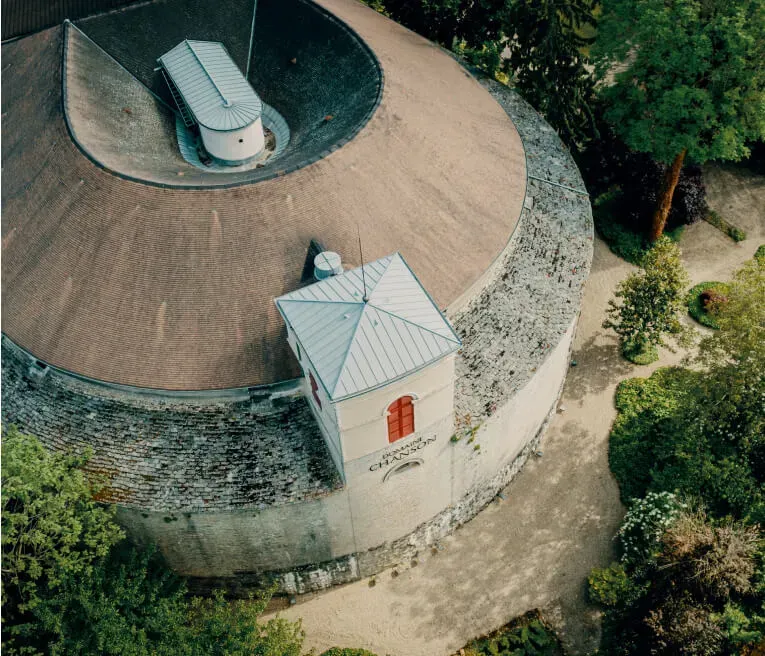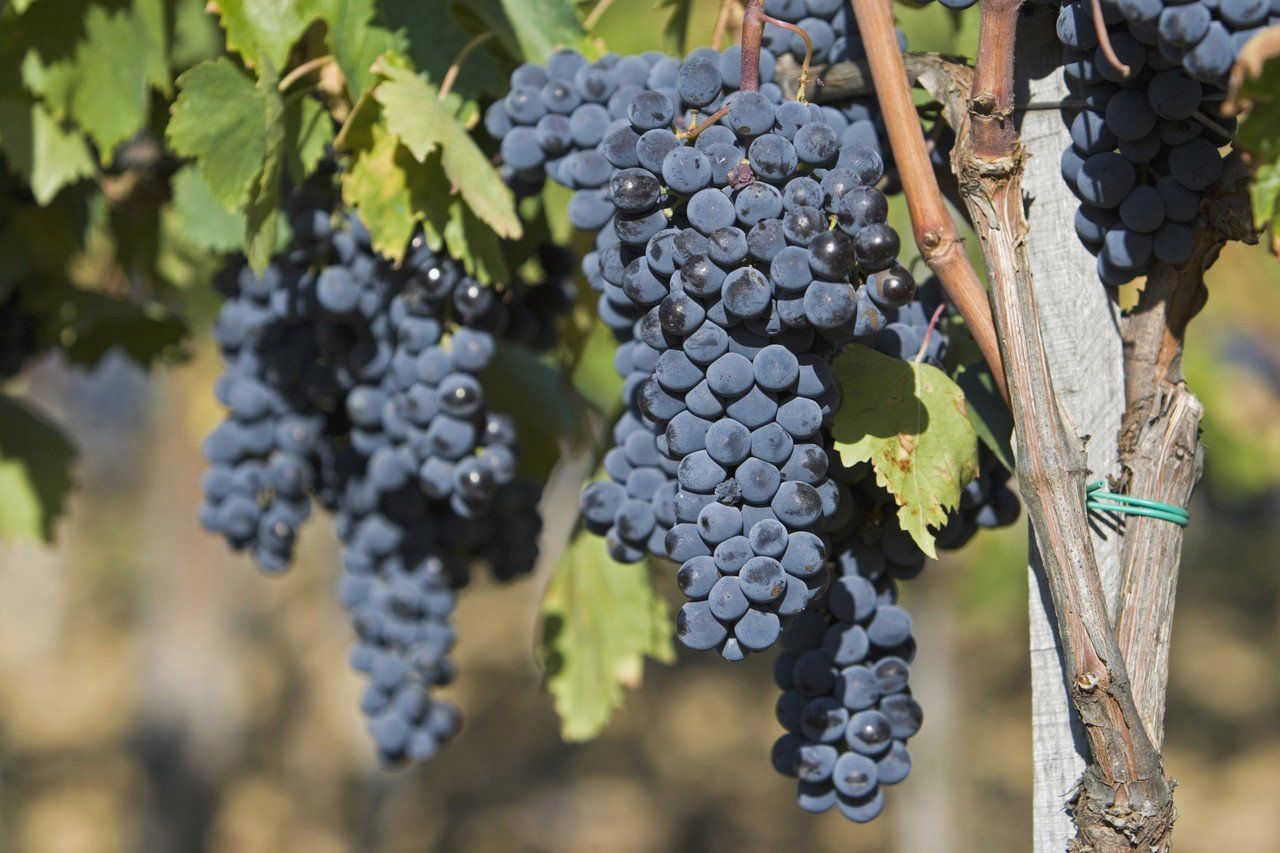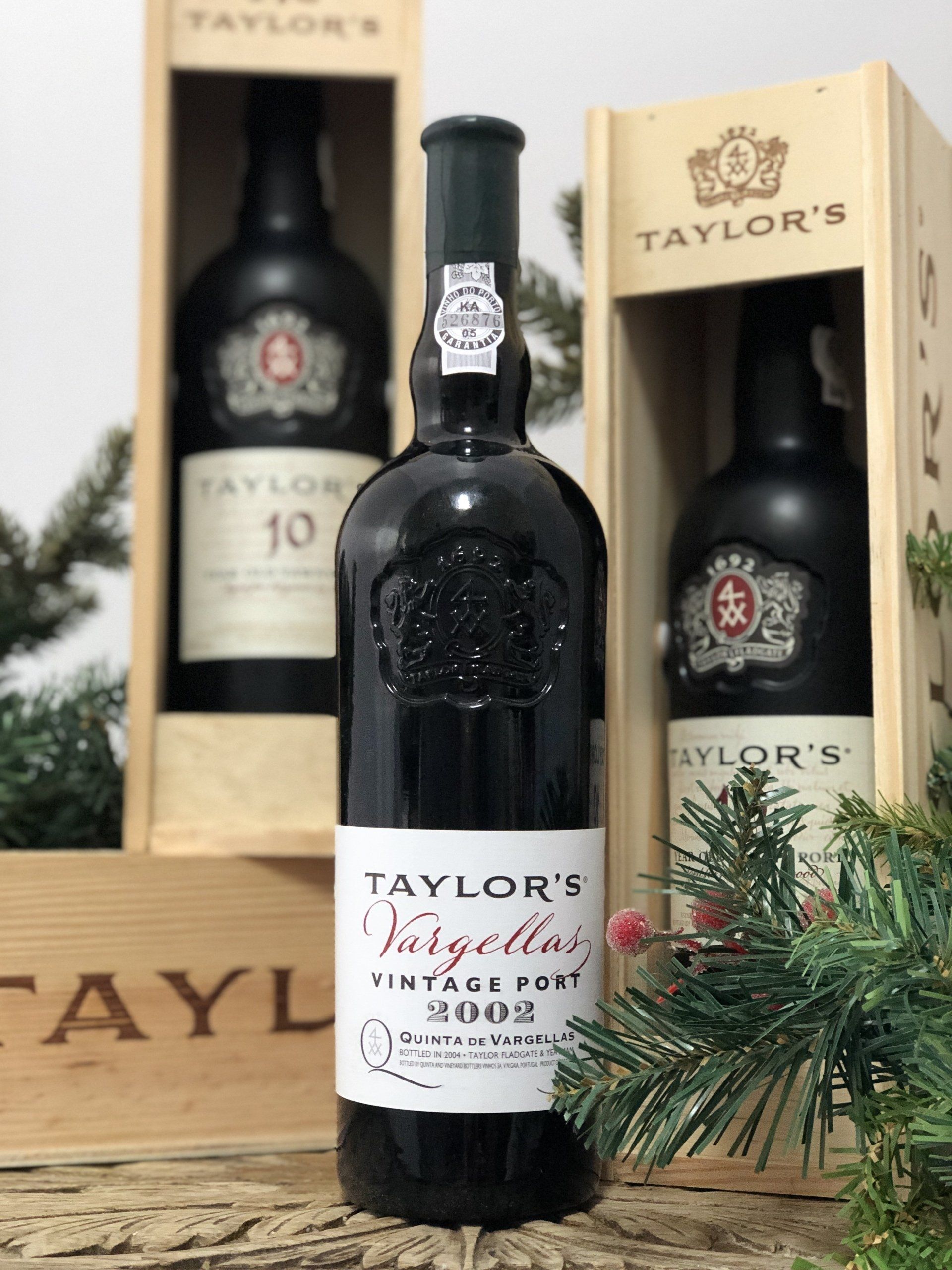How to Taste Wine Properly: See, Swirl, Sniff, Sip, Savour
How to Taste Wine Properly: See, Swirl, Sniff, Sip, Savour

You don’t need a diploma or a silver taste-vin to judge a glass of wine accurately. By following five simple actions—see, swirl, sniff, sip and savour—you can unlock the clues that winemakers, grape varieties and ageing leave behind. It’s the same framework used by sommeliers assessing Grand Crus and hobbyists comparing supermarket bottles. Each step reveals a layer of colour, aroma or structure, guiding you towards a confident verdict on quality and readiness to drink.
This guide distils professional tasting technique into clear, practical advice you can apply at home, in a bustling restaurant or during a formal tasting flight. We’ll set up the room, choose the right glassware and temperature, then move through the five S’s in detail—highlighting what to look for, how to record it and which pitfalls to avoid—so you taste with purpose and appreciate each pour more than the last. Ready to sharpen your senses? Let’s uncork the method.
Step 0: Set the Stage for Successful Tasting
Before the first swirl, ideal conditions must be in place. Much like photography relies on good light, reliable wine assessment depends on clean glassware, correct temperature and a neutral environment. Spend five minutes on set–up and every aroma and flavour that follows will read louder and clearer.
Choose the Right Glassware
Glass shape determines where aromas land and how the liquid hits your palate. The standard ISO tasting glass or any tulip-shaped stemware (narrow rim, broader bowl) is a safe bet for most still wines because the taper concentrates volatile compounds under your nose.
- Sparkling: Use a tulip rather than a skinny flute; it preserves bubbles yet leaves room for the bouquet to gather.
- Fortified & dessert wines: Opt for smaller 75–125 ml stems to focus higher alcohol vapours away from your face.
Avoid coloured crystal or ornate cut-glass. Fancy facets scatter light and mask true colour; thick rims also disrupt the flow of wine onto the tongue. Always hold by the stem to prevent fingerprints on the bowl and temperature creep from warm hands.
Serve at the Correct Temperature (The 20-Minute Rule)
Even the best Burgundy falls flat if poured at sauna heat, while an over-chilled red tastes mean and mute. Use the guide below, then apply the simple “20-minute rule” to fine-tune with minimal fuss.
| Style | Ideal Range | Quick rule of thumb |
|---|---|---|
| Sparkling / Champagne | 6 – 8 °C | Straight from fridge; ice bucket if lingering |
| Light whites & rosé | 7 – 10 °C | Remove from fridge 20 min before pouring |
| Full-bodied whites | 10 – 12 °C | Same as above, plus a short swirl in the glassates |
| Light-to-medium reds | 14 – 16 °C | Pop in fridge for 20 min if room is warm |
| Bold reds | 15 – 18 °C | “Cellar cool”, not radiator-warm |
| Fortified wines | 14 – 16 °C | Slight chill tones down alcohol heat |
Modern kitchens rarely sit at medieval “room temperature”; a quick thermometer check or the back of the hand on the bottle saves guesswork.
Control Light, Background & Odours
Visual appraisal demands neutral, consistent illumination. Daylight near a window or a bright white LED strip works best. Examine the wine against a plain white surface—printer paper or a plate—so subtle hues stand out.
Scent contamination is public enemy number one. Perfume, fabric softener, scented candles or last night’s curry can cling to the air and swamp delicate notes. Open a window, switch off diffusers and ask fellow tasters to skip strong fragrances. Background music is fine; sizzling bacon is not.
Assemble Palate Cleansers & Tools
A short checklist keeps the session flowing:
- Still water to rinse glassware and refresh the mouth
- Plain crackers or crustless bread as neutral palate cleansers
- Spittoon or discreet cup—spitting maintains clarity during multi-wine line-ups
- Notebook and pen, or a tasting app, to capture impressions before they fade
- Optional training aids: WSET aroma wheel, jars of coffee beans, herbs or citrus zest for quick reference
Lay everything within easy reach so you’re not rummaging mid-tasting. With environment, temperature and kit sorted, you’re primed to focus purely on what matters—the liquid in the glass. In the next steps we’ll move through the classic five S’s and show you exactly how to taste wine like the pros.
Step 1: See – Evaluate Colour, Clarity and Viscosity
Long before a drop touches your lips, the wine is already speaking. A quick yet deliberate visual check reveals clues about grape variety, ripeness, alcohol, age and even potential faults—all essential pieces of the puzzle when learning how to taste wine properly. Spend 10–15 seconds observing and you will approach the next steps with sharper expectations.
How to Hold and Tilt the Glass
Grip the stem, never the bowl, so body heat and smudges stay clear of the view. Tilt the glass to roughly 45 degrees above a plain white surface under neutral light. This angle thins the liquid at the rim—called the meniscus—making subtle colour gradients easy to spot. Keep the base steady; wobble disguises clarity and viscosity.
Decode Colour Hues by Style and Age
Wine loses the crayon-bright tones of youth as oxygen slowly works its magic. Use the spectrum below as a rough timeline:
- Whites
- - Green-straw: very young Sauvignon Blanc, Vinho Verde
- - Lemon-yellow: classic cool-climate Chardonnay
- - Gold: bottle-aged Semillon or oak-matured Burgundy
- - Amber/brown: oxidative styles (sherry) or an over-the-hill bottle
- Reds
- - Violet-purple: youthful Beaujolais or Aussie Shiraz
- - Ruby: mid-age Pinot Noir, Rioja Crianza
- - Garnet: mature Bordeaux, Barolo with 8–10 years in bottle
- - Brick-orange rim: fully mature or slightly oxidised wine
- Rosé
- - Ballet-slipper pink: Provence Grenache/Cinsault blend
- - Salmon: Pinot Noir rosé from Champagne
- - Deep raspberry: Spanish Garnacha rosado or saignée method
A dense, opaque core often points to thick-skinned grapes (Cabernet Sauvignon, Syrah) or warm-climate ripeness, while a pale core suggests Pinot Noir or Nebbiolo. Match the visual evidence against the label to build early hypotheses.
Assess Clarity and Brilliance
Hold the tilted glass upright and look through the liquid towards a light source. Well-made wines appear bright and starry, reflecting light cleanly. Cloudiness, floating bits or a dull haze may indicate:
- Unfiltered natural style (not necessarily a flaw)
- Tartrate crystals—harmless “wine diamonds” forming in cold storage
- Microbial spoilage if accompanied by off-odours
Sediment in older reds is normal; decanting prevents it from muddying the glass.
Observe Legs/Tears—What They Really Mean
Rotate the bowl gently, then watch the droplets (“legs” or “tears”) slide back down. Despite folklore, thick, slow tears do not equal quality; they simply suggest higher alcohol or sugar, because both increase surface tension (`γ`). A dry Muscadet at 11 % ABV will show faint legs, while a sticky Sauternes at 120 g/L residual sugar forms syrupy rivulets. Note the behaviour, but don’t judge the entire wine by its curtains.
With visual assessment complete, you now carry a mental sketch of what might emerge on the nose and palate. Next, we’ll set those aromas free with a purposeful swirl.
Step 2: Swirl – Unlock Aromas Through Movement
Colour is silent; aroma does the talking. Yet many fragrant molecules cling stubbornly to the liquid surface until a little oxygen coaxes them out. A purposeful swirl increases the wine’s surface area, mixes in air and vaporises volatiles so the nose can pick them up. Just two or three smooth circles can multiply what you smell—an essential part of learning how to taste wine with confidence.
Mastering the Swirl Technique
If the motion feels theatrical, start with the glass on the table:
- Place the base flat on a smooth surface.
- Pinch the stem between thumb and forefinger.
- Draw small, steady circles so the wine laps halfway up the bowl.
Once comfortable, graduate to an “in-air” swirl—you’ll need it when faced with crowded bars and shaky trestle tables.
- Hold the stem near the foot for control.
- Keep wrist loose; let momentum, not muscle, move the wine.
- Aim for three rotations, stop, then bring the rim to your nose immediately.
Pro tip: Fill the glass only one-third full. Overfilling sloshes wine onto clean shirts and starves the wine of space to breathe.
Avoid vigorous swirling with sparkling wines; you’ll drive off precious CO₂ and flatten the mousse.
The Science of Oxidation and Volatility
Swirling introduces a whisper of oxygen (`O₂`) that sets off a chain reaction:
- Esters—compounds responsible for pear, peach and tropical notes—become more volatile, lifting from the surface.
- Sulphur dioxide, added as a preservative, blows off, removing any initial match-stick whiff.
- Tannins polymerise slightly, softening the perception of grip in youthful reds.
A minute of airtime benefits robust, tannic wines; fragile older bottles can fade if exposed too long. When tasting decades-old Rioja or Burgundy, one gentle swirl is plenty—let evolution happen slowly in the glass.
Etiquette Tips for Restaurants & Tastings
- Always hold the stem; gripping the bowl appears clumsy and warms the wine.
- Check your surroundings before you swirl—elbowing the host is poor form.
- Wipe drips with a discreet napkin rather than licking the glass (yes, people do).
- Between flights, rinse with still water instead of sparkling, which leaves residual fizz.
- If spitting, angle the glass away from communal platters to avoid aromatising the ham with Cabernet.
Executed with control, the swirl sets the stage for the most revealing step—getting your nose inside the glass to sniff out the wine’s story.
Step 3: Sniff – Train Your Nose to Detect Aromas & Faults
If sight is the trailer, smell is the feature presentation. Roughly three quarters of the flavour you perceive when learning how to taste wine originates in the olfactory bulb, not on the tongue. That’s why a head cold reduces every bottle to bland grape juice. The aim of this step is twofold: first, to catalogue the pleasant aromas that signal variety, origin and winemaking technique; second, to catch any faults before they reach your guests’ glasses. Commit to a deliberate sniffing routine and your confidence in assessing a wine’s quality will rocket.
The Two-Stage Sniff: Short Burst, Then Deep Inhale
Veteran tasters never stab their nose straight into a glass and inhale like a vacuum cleaner. Instead, they split the assessment into two swift acts:
1. First impression (the “top notes”)
Bring the rim just below your nostrils and take a quick, shallow sniff. This picks up the most volatile compounds—think citrus zest, freshly cut grass or popping raspberry—before they disperse. It’s a snapshot of the wine’s liveliness and often reveals grape variety within seconds.
2. Analytical inhale
After a brief pause, insert your nose further, seal the rim lightly against the bridge, and breathe in slowly through the nose for about two seconds. This deeper draw captures heavier molecules: spices, oak toast, earth, smoke and savoury nuances. Exhale through the mouth to marry aroma and taste memory.
Alternate between these two sniffs; the brain fatigues quickly, so short breaks keep receptors sharp. If you’re working through a long flight, reset with a sip of water or smell the back of your hand—a neutral scent that re-centres the palate.
Identify Primary, Secondary and Tertiary Aromas
Professional tasting notes slice aromas into three tiers, each telling part of the wine’s biography.
| Layer | Origin | Typical examples |
|---|---|---|
| Primary | Grape variety & terroir | Citrus (Sauvignon Blanc), blackcurrant (Cabernet Sauvignon), violet (Malbec), pepper (Syrah), stone fruit (Viognier) |
| Secondary | Winemaking processes | Brioche (Champagne lees ageing), vanilla & coconut (American oak), butter (malolactic fermentation), yoghurt (lees stirring), smoke (toasted barrels) |
| Tertiary | Candice | Leather (aged Rioja), honey & ginger (mature Riesling), mushroom (older Pinot Noir), dried fig (Port), nuttiness (oxidative Sherry) |
When you smell a young New Zealand Sauvignon Blanc, primaries like passion fruit and cut grass dominate; a ten-year-old Médoc, by contrast, trades fresh blackcurrant for cedar, cigar box and forest floor. During practice, call aromas out loud or jot them down in concrete, recognisable terms—“ripe peach” beats “fruity” any day.
Build an Aroma Memory Bank
Great noses aren’t born; they’re trained like muscles. Use these quick drills to expand your olfactory vocabulary:
- Kitchen safari: Each time you cook, pause to inhale herbs, spices and fruit individually. Close your eyes to sharpen focus.
- Market sweep: At farmers’ markets, sniff seasonal produce—gooseberries in June, damsons in September. Associating aroma with calendar anchors memory.
- DIY aroma kit: Fill small jars with coffee beans, cinnamon sticks, cloves, dill, vanilla pods and dried flowers. Label, seal, shuffle and blind-smell them weekly.
- Side-by-side tastings: Pour two wines of the same grape but different regions; compare how climate shifts the aroma profile from bracing lime to baked lemon curd.
Record discoveries in a notebook or a tasting app. Over time, patterns emerge: lychee means Gewürztraminer, whereas black pepper at low alcohol often signals cool-climate Syrah. The wider your scent library, the faster you’ll pinpoint what’s in the glass.
Spotting Common Wine Faults
Not every off-note is “complexity”. Train yourself to recognise the red flags:
- Cork taint (TCA) – Wet cardboard, musty cellar; flavours muted. Affected by faulty natural cork. Reject the bottle.
- Oxidation – Apple browning, sherry-like nuttiness in still wine, colour turned tawny or brick. Comes from excessive oxygen exposure. Acceptable in deliberately oxidative styles (e.g., Oloroso), a fault elsewhere.
- Reduction – Struck match, rubber, cabbage. Often temporary; vigorous swirling, decanting or copper contact (e.g., a clean 1 p coin) can dissipate mild cases.
- Volatile acidity (VA) – Nail-polish remover or vinegar tang. Tiny hints add lift; overwhelming VA hollows fruit and burns the nose.
- Brettanomyces (“Brett”) – Band-aid, horse stable, smoky bacon. Tolerance is subjective; subtle Brett can add savoury intrigue, heavy doses dominate.
At a restaurant, sniff immediately after the server’s pour. If you suspect a fault, ask politely for a second opinion—most establishments will replace the bottle without fuss. At home, remember that one corked bottle doesn’t doom the entire case; TCA contamination is random, not batch-wide.
Smelling methodically may feel theatrical at first, but persevere. The brief investment pays back in richer enjoyment and fewer ruined meals. Next, we’ll translate those olfactory clues into tangible sensations on the tongue as we move to the sip.
Step 4: Sip – Analyse Structure, Flavour and Balance
At last, the liquid meets your tongue. This is the moment all previous steps have been priming you for: turning visual and aromatic clues into palpable sensations of sweetness, acidity, tannin, alcohol, body and texture. Every conscious sip you take refines your understanding of how to taste wine and, more importantly, why you actually enjoy one bottle more than another. Resist the urge to glug. A professional sip is small, deliberate and focused on data gathering, not thirst-quenching.
How to Take a Professional Sip and Slurp
1. Measure the pour
Aim for roughly 10–15 ml (about a tablespoon). Too much overwhelms the palate and makes spitting messy, too little fails to coat every surface.
2. Place and roll
Let the wine settle mid-tongue, then roll it gently to cheeks, gums and under the tongue. This ensures contact with taste-bud hotspots for sweetness (tip), acidity (sides) and bitterness (back).
3. Introduce air – the reverse whistle
Purse your lips, tilt your head forward slightly, and draw a thin stream of air through the wine (`≈ 0.2 l s⁻¹`). The aeration volatilises aromas retronasally, so your nose can “re-smell” flavours while the wine is actually in your mouth.
4. Hold for 3–5 seconds
Enough time for structural components to register, but not so long that alcohol numbs sensitivity.
5. Spit or swallow strategically
At trade tastings you’ll need your faculties for 30, 60, even 100 samples. Spitting avoids palate fatigue and keeps blood-alcohol level legal for the drive home. At dinner with friends, enjoy the swallow—just remember note-taking becomes less reliable after glass number three.
Pro tip: if you do spit, lean in over the spittoon and aim for the back wall; no one wants splash-back on their suede loafers.
Break Down the Five Structural Elements
Structure is the wine’s architectural framework; flavour is the wallpaper. Analyse these five pillars separately before judging overall harmony.
| Element | How to Detect | What It Reveals | Calibration Exercise |
|---|---|---|---|
| Sweetness (Residual Sugar) | Instant impression on tongue tip; viscous feel if high | Style: bone-dry (<1 g L⁻¹ RS) Muscadet vs luscious (>150 g L⁻¹) Sauternes | Compare Brut Nature Champagne with demi-sec |
| Acidity | Salivation surge on sides of tongue; cheeks may tingle | Refreshment factor, ageing potential | Taste young Riesling after warm-climate Chardonnay |
| Tannin | Drying, puckering grip on gums and teeth | Grape/skin thickness, oak use, maturation window | Brew strong black tea for reference |
| Alcohol & Body | Warmth in throat and chest; weight or viscosity | Ripeness level, region climate | Contrast 11 % ABV Vinho Verde with 15 % ABV Amarone |
| Texture | Creamy, waxy, chalky, pétillant, oily mouthfeel | Lees-ageing, malolactic, bubbles, suspended CO₂ | Swirl Chablis sur lie beside filtered version |
Quality wines achieve balance: no single component screams over the rest. A Marlborough Sauvignon’s high acidity feels refreshing because its body is light and sugar minimal. Conversely, a Port’s massive sugar and alcohol are buttressed by formidable tannin and acidity. Ask yourself: “If I dialled any one of these elements up or down, would the wine improve?”
Map Flavours Across the Palate
Flavour is not static; it unfolds like a three-act play.
- Attack (first second) – Primary fruit impressions burst: zingy lime, ripe peach, black cherry.
- Mid-palate (two to four seconds) – Complexity layers in: herbs, spice, oak toast, creamy diacetyl from malolactic conversion. Mouthfeel becomes obvious here.
- Finish (after swallowing or spitting) – Tertiary notes and structural echoes linger: espresso, leather, savoury umami, mineral saltiness.
Below is a mini flavour wheel contrasting two popular grapes:
| Segment | Sauvignon Blanc (Loire) | Shiraz/Syrah (Barossa) |
|---|---|---|
| Fruit | Grapefruit, passion fruit, green apple | Blackberry, plum jam, blueberry compote |
| Herb/Spice | Cut grass, nettle, jalapeño | Black pepper, clove, liquorice |
| Secondary | Subtle yeast, wet stone | Vanilla, smoke, dark chocolate |
| Tertiary (with age) | Honey, beeswax, marmalade | Leather, game, soy sauce |
Train yourself to describe flavour shifts in chronological order rather than dumping a random list. It makes notes clearer and helps you recall the tasting later.
How Food Alters Perception
Wine and food interact like coloured lenses, shifting how you perceive each element.
- Salt reduces bitterness and tannin, so a salty Pecorino makes young Chianti taste smoother.
- Fat softens acidity; think goat’s cheese cutting the sharpness of Sancerre.
- Sugar in food accentuates bitterness and acid in wine; pair desserts with wines that are *sweeter* than the dish or risk a sour shock.
- Chilli heat magnifies alcohol burn. A 14.5 % ABV Zinfandel will feel fiery next to a vindaloo; instead, reach for a lower-alcohol off-dry Riesling.
- Umami (mushrooms, soy, cured meats) can flatten fruit notes while making tannins feel harsher unless balanced by salt or acidity.
A quick home experiment: pour a modest tannic Cabernet Sauvignon and taste alone, with a bite of cheddar, then with a spicy salsa. Note how tannin slides from abrasive to mellow with cheese, yet alcohol spikes with chilli.
Understanding these interactions not only refines how you taste wine on its own, but also guides smarter pairing decisions for dinner parties and restaurant orders.
-------------------------------------------------------------------------------------------------------------------------------------------------------------------
Mastering the sip is less about theatrics and more about disciplined observation. By isolating structure, tracking flavour evolution and factoring in food effects, you’ll move beyond “I like it” to articulating *why* you like it—and that’s the bedrock of confident, consistent wine appreciation. Next, we’ll let the finish speak and record final conclusions in Step 5: Savour.
Step 5: Savour – Judge the Finish and Record Your Conclusions
The last impression often colours your memory more than the first sip, so don’t set the glass down too quickly. After swallowing or spitting, close your eyes for a moment and notice what lingers: flavour echoes, tactile sensations, even emotions. This is the “savour” phase, and it separates perfunctory drinking from purposeful tasting. By timing the finish, scoring overall quality and writing succinct notes, you transform fleeting sensations into durable knowledge.
Length and Aftertaste: Timing the Finish
Use a silent count the moment the wine leaves your mouth.
- Short finish: fades in under five seconds, typical of simple, early-drinking whites.
- Medium: persists for 5–15 seconds; most good village-level Burgundy or Rioja Crianza live here.
- Long: still distinct after 15 seconds; Grand Cru Champagne, mature Barolo or Vintage Port frequently qualify.
Pay attention not only to duration but also to what lasts. A wine that clings with pure fruit and balanced acidity exudes class, whereas bitterness or excessive alcohol heat on the tail can drag an otherwise pleasant wine down a grade.
Overall Quality Assessment
Professionals often run through the WSET checklist—Balance, Length, Intensity, Complexity, + Ability to Age (BLICA)—but you can simplify:
- Poor
- Acceptable
- Good
- Very good
- Outstanding
Ask yourself: Do the structural elements harmonise? Does the wine taste of more than one thing? Would another glass be compelling or tiring? A quick gut check against these questions usually lands you on a fair rating.
Keeping Consistent Tasting Notes
Consistency beats poetry. Log every wine while it’s fresh in your mind using a fixed template:
Wine & Vintage:
Appearance:
Nose:
Palate:
Finish:
Quality / Score:
Food Ideas:
Apps like Corkz or CellarTracker are handy on the go, but a pocket notebook never runs out of battery and allows quick sketches of bottle labels or serving temperature.
Compare with Past Tastings to Track Progress
Wine appreciation is cumulative. Re-read old notes before opening a similar bottle to spot how your perceptions evolve. Organise:
- Vertical tastings: same producer, different vintages—ideal for gauging ageing curves.
- Horizontal tastings: same vintage, different producers—perfect for exploring regional typicity.
Set informal themes—“Pinot Noir 2020 from three hemispheres”—and invite friends. Side-by-side comparison sharpens recall and highlights nuances that single-glass sipping can hide. Over months, you’ll build a personalised flavour atlas and a clearer sense of what truly excites your palate.
Your Next Glass Awaits
See, swirl, sniff, sip, savour—five tiny actions that turn drinking into discovery. With the right glass, a touch of patience and a notebook ready, you can read a wine’s story as clearly as its label. The more methodically you practise, the faster colour hints, aroma layers and structural cues will leap out of the glass.
Don’t wait for a formal tasting to flex your skills. Line up a couple of contrasting bottles for dinner this week, or invite friends round and compare notes after each pour. If you need inspiration, our curated mixed cases take the guess-work out of variety and region, letting you focus on honing technique rather than hunting bottles. Browse the latest selections—or simply bookmark a favourite Burgundy—for your next blind test via the Mosse & Mosse homepage: [discover our cellar](https://www.mosseandmosse.co.uk).







